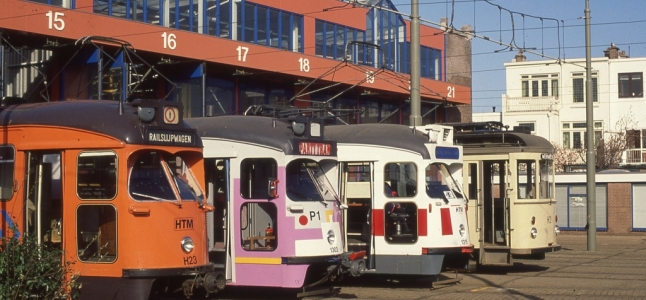Procedures unfit to solve problems?
The research centre of the Dutch Ministry of Security and Justice published its 5-yearly paths to justice survey. This happened for the third time now, so it is interesting to spot the trends. The overall picture is that the productivity of the Dutch legal system is decreasing. The same amount of money is spent on less problems, of which a lower proportion gets an adequate solution. So what is going on here?
Less problems with goods and services
But let us start with the good news. Less people experienced justiciable problems over the past 5 years 67% reported 1 or more of them in 2003, 61% in 2009, and only 57% in 2014. Is this a triumph of the legal systems capabilities to prevent conflict in the first place?
We are not so sure. The decrease in justiciable problems is mostly concentrated at the consumer end of our existence. A possible cause of this is that product quality and complaint handling at companies has improved. Perhaps deterrence by legal sanctions contributed to this. Or was it the threat of a spoilt image in the media and a genuine desire to give customers a great experience?
Advice and help highly appreciated
Are lawyers having a difficult time? The survey reports an increased proportion of problems in which lawyers are consulted (9% to 11%, in particular for family justice). As the number of disputes is shrinking, the number of cases handled by lawyers stays more or less the same. Legal expenses insurance is also doing relatively well (10% to 11%).
Stories that the social fabric for coping with disputes is collapsing find some corroboration in the data. There is a clear decrease of use of unions, police, social work and consumer organizations for resolving disputes.
Legal professionals are all more or less similarly and highly appreciated as advisers and helpers. Advice and help by lawyers (4.4 on 1 to 5 scale) is only slightly more appreciated than assistance by their main competitors, the legal expenses insurers (4.3).
The Dutch legal expenses insurers are special, because they are huge organizations, employing up to 1000 of lawyers and paralegals in house to resolve 100,000s of cases from their insured, and increasingly also from non-insured who pay fixed fees for help with advice, negotiation or litigation.
The Juridisch Loket (citizen advice service; 4.3), the police 4.3 (hey, US readers), and notaries (4.5) are also seen as helpful.
Not so good at resolution anymore?
But do these legal services actually succeed in settling and resolving the problems of their clients? The proportion of problems resolved by agreement dropped from 53% to 42% between 2009 and 2014. This may partly be the effect of a different mix of problems with less consumer issues. But it is a strange outcome, as you would expect professionals to become gradually better at what they do.
That this is not necessarily true in the Dutch legal system, is also confirmed by the number of people who dropped out of the dispute resolution process on the way. The proportion of disputes not resolved increased from 34% to 42%. A considerable share of problems (5%) still exists after 4 or 5 years. There is also an increase in problem owners remaining passive, doing nothing about the problem (from 6% to 8% over the past 5 years).
Interestingly, people seem to accept this. Although many people seem to get stuck, the satisfaction with outcomes is more or less the same as five years earlier. There is one exception: less people are satisfied with the fairness of negotiated outcomes (dropped from 83% from 78%).
Courts, ADR and mediation
What about the third parties? Something wrong there? Courts are clearly losing market share. The number of disputes in which they intervened dropped from 6% in 2003, to 5% in 2009 to 4% in 2014. It is not mediation where these cases go to. The share of problems where a mediator was used fluctuates: 4% in 2003, 3% in 2009 and 5% in 2014.
The non-court third parties (ombudsmen, specialized commissions, government agencies) see an increase in the use of their procedures (from 6%, to 9% to 11% in same period).
Why are people turning away from courts? Third parties achieve scores between 3.5 and 4 on procedural justice variables and judges are doing quite well. Tons of research has shown Dutch judges are seen as remarkably independent and fair. So the quality of the judge cannot be the source of this apparent lack of access to formal justice.
Is the system underfunded? Hardly. For a lower number of problems, the legal aid budget and court budgets stayed flat. Legal aid spending on civil and administrative justice was similar in 2009 and 2014 (€190 million, with a higher proportion paid by user contributions (from 30 to 50 milion).
Do the procedures solve people’s problems?
A hint about what is wrong with Dutch access to justice (and perhaps with access to justice in other countries) can be found in the scores for the problem-solving capabilities of legal professionals. “Going to a lawyer/judge will cause your problem to be resolved” was one of the statements given to the respondents to reflect on. The rating for lawyers as problem solvers was a poor 2.9, with judges doing only slightly better (3.1).
These ratings can be compared with what we found when we asked people in our own 2014 survey about their overall access to justice experience. We survey their path to justice, because people do not go to a lawyer or court as an isolated service. They enter into a process of diagnosis, negotiation and possibly mediation or adjudication. This process should help them to solve their problem. There are many linkages and loop-backs in this process. It is complex, often confusing and rather stressful.
The overall process is rated 2.81 out of 5 for divorce/separation across a number of procedural justice, outcome justice and costs of justice dimensions. For employment problems the overall process is (was) much more straightforward and the rating is still not higher than 3.24. Processes for neighbour problems, consumer problems and landlord/tenant problems have similar ratings, but never as high as 4.
Yes, people like lawyers and judges. These are all very helpful. They manage expectations. But what they provide together is perhaps not so good as an access to justice experience. Their procedures may not be producing fair results effectively, and do not seem to enable lawyers and judges to be good problem-solvers. Perhaps these legal processes for resolving disputes are even deteriorating over time. At least this is what the new Dutch data suggest.
Something to think about. Because that trend should change.


